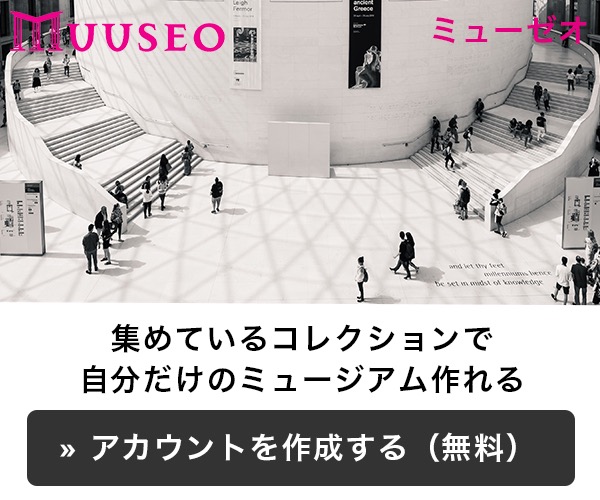
尺八古典本曲演奏会
日時:2025年2月3日 (月) 13:00~15:00
会場:東京大学東洋文化研究所3階大会議室
主催:東京大学東アジア藝文書院 潮田総合学芸知イニシアティヴ 「東アジア音楽の美」研究会 尺八ワーキンググループ
現在一般的に尺八と呼ばれている楽器は普化尺八であり、虚無僧尺八ともいう。この尺八は、江戸時代には普化宗の法器とされ、 虚無僧 のみが吹奏するとされていた。 しかし普化尺八 に関する歴史的資料はほとんど存在しない。
虚無僧尺八の音楽は、伝統的な日本音楽としては異質な雰囲気を持っており、日本ではアカデミックで学際的な研究が不足している。本レクチャーコンサートでは、尺八演奏家の山澤昭彦が演奏をまじえてわかりやすく解説し、尺八研究に新たな視点をもたらす。
EAA(EAST ASIAN ACADEMY FOR NEW LIBERAL ARTS)
UTA(The Ushioda Initiative of Arts)
潮田総合学芸知イニシアティヴ
https://www.eaa.c.u-tokyo.ac.jp/projects/uia/
祈りの残照:尺八古典本曲演奏会 参加登録
https://www.eaa.c.u-tokyo.ac.jp/events/20250203-concert/
祈りの残照:尺八古典本曲演奏会 レクチャー資料
https://etext-music.com/works/20250203.pdf
祈りの残照:尺八古典本曲演奏会 プロフィール
https://etext-music.com/works/profile.pdf
祈りの残照:尺八古典本曲演奏会 BLOG
https://www.eaa.c.u-tokyo.ac.jp/blog/20250203-concert/
近年、海外での尺八古典本曲への関心が高まっている。古典本曲は口伝により伝承されてきたが、現在は楽譜も出版されていることから、海外での演奏者も増えており、教会などでのコンサートも行われている。
古典本曲は、江戸時代に虚無僧が吹奏していた音楽であるが、仏教僧を自称している虚無僧の実態は「乞食をする武士」だったと思われる。虚無僧が居住していた虚無僧寺は、臨済宗の一派の普化宗の寺ということになっているが、普化宗に仏教としての実態は無く、虚無僧寺も同様で仏教寺院としての実態がない。
初期の虚無僧や古典本曲についての文献は極めて少なく、虚無僧と普化尺八がどのようなプロセスで成立したかについては謎が多い。歴史資料での記述は伝説に近いもので、信憑性があるものとは考えられない。虚無僧が演奏していた古典本曲は、伝統的な日本の音楽とは異なり、感覚としてはグレゴリオ聖歌に近い。
虚無僧に関する歴史的な出来事をみると、日本にキリスト教が伝わり禁教になった時期と重なることがわかる。虚無僧寺があった場所も当時のキリスト教の布教地と重なる。虚無僧がキリスト教と関連があるのではないかという視点でみると、虚無僧寺や古典本曲が、従来の伝承から考察する世界とは全く違うものに見えてくる。
今回のレクチャーコンサートでは、最初に普化尺八と虚無僧について解説した後、古典本曲の古伝三曲「虚鈴・霧海篪・虚空」、琴古流の「鹿の遠音」、江戸から明治時代の虚無僧・神保政之輔が作曲した「奥州薩慈」を演奏することで、普化尺八で吹奏する音楽がどのような音楽かを知ってもらうことができたのではないかと思う。
謎が多い「普化尺八と虚無僧」の成立過程の解明は、これまでの日本音楽史の研究や尺八学の知見だけでは難しい。音楽美学、西洋音楽史、キリスト教布教史、日本外交史、禅宗、茶道、日本美術史、江戸文化史、比較言語学などの学際的な検討が必要と思われる。「東アジア音楽の美」研究会・尺八ワーキンググループでの議論が、日本音楽史と西洋音楽史のミッシングリンクを解明する新たな視点を発見する「場」になることを期待したい。
In recent years, interest in shakuhachi koten honkyoku has been growing overseas. Koten honkyoku has been passed down orally, but now that sheet music has been published, the number of performers overseas is increasing, and concerts are being held in churches and other places.
Konten honkyoku is music played by komuso in the Edo period, but the komuso, who call themselves Buddhist monks, are thought to have been "begging samurai." The komuso temples where the komuso lived are said to be temples of the Fuke sect, a branch of the Rinzai sect, but the Fuke sect has no Buddhist substance, and the komuso temples have no Buddhist substance either.
There are very few documents about early komuso and koten honkyoku, and there are many mysteries about the process by which komuso and Fuke shakuhachi came into being. The descriptions in historical documents are close to legends and are not considered to be reliable. The koten honkyoku played by komuso is different from traditional Japanese music and feels closer to Gregorian chant. If we look at historical events related to komuso, we can see that they overlap with the period when Christianity was introduced to Japan and banned. The locations of komuso temples also overlap with the areas where Christianity was propagated at that time. If we consider the possibility that komuso may be related to Christianity, komuso temples and koten honkyoku appear to be completely different from the world we have considered from traditional traditions. In this lecture concert, after first explaining about Fuke shakuhachi and komuso, we performed the three ancient koten honkyoku pieces "Kyorin, Kirikaichi, Koku", "Shika no Tone" from the Kinko school, and "Oshu Satsuji", composed by the komuso Jinbo Masanosuke from the Edo to Meiji periods, which I believe helped the audience understand what kind of music is played on the Fuke shakuhachi. Clarifying the process by which "Fuke shakuhachi and komuso" were established is difficult using only research into Japanese music history and knowledge of shakuhachi studies. Interdisciplinary research is needed that will involve music aesthetics, Western music history, Christian missionary history, Japanese diplomatic history, Zen Buddhism, the tea ceremony, Japanese art history, Edo cultural history, comparative linguistics, etc. I hope that the discussions at the "Beauty of East Asian Music" Study Group and the Shakuhachi Working Group will become a "place" for discovering new perspectives that will shed light on the missing link between Japanese and Western music history.
https://muuseo.com/mugen/items/1170




















































